Since Amazon’s bombshell announcement last week requesting applications for “HQ2”—a second corporate headquarters that will hire as many as 50,000 new employees—a flurry of articles and blog posts have speculated about which cities are the top contenders and what landing the corporate behemoth would portend for the winning locale.
Most of the commentary has focused almost exclusively at the city or metropolitan scale. And for good reason: the request for proposal (RFP) lays out the key location requirements Amazon will consider in making its decision, including metro population, proximity to transportation networks, and a strong regional business climate.
But metropolitan areas are expansive and diverse, made up of downtowns and dense urban neighborhoods, old suburbs, new exurbs, and even rural hamlets and farms. Once Amazon checks the boxes of its metro prerequisites, the real competition will come down to finding a suitable site on which to settle, one that has the specific features and traits the company—and importantly, its workers—wants outside HQ2’s (many) doorsteps. And for innovative firms like Amazon, site selection isn’t quite what it used to be.
Amazon’s HQ2 RFP itemizes the traditional array of site criteria, from workforce skills to utility infrastructure to availability (and amount) of incentives. But it also hints at the specific type of location the company is seeking—one with on-site transit connections, strong university systems, and a high quality of life. In short, the e-commerce giant is looking for accessible, talent-generating, amenity-rich communities.
Numerous cities and metros on the hot lists being bandied about have these ingredients, many of them in spades. But as it seeks out its second home, Amazon is likely to be looking for a hub within a metro area—and quite probably within a city—where these assets come together in close geographic proximity to one another. The challenge will be finding a site with the space the company needs to accommodate the new headquarters’ mammoth footprint—it already occupies 8.1 million square feet of office space in Seattle—but which is also well-connected, walkable, and either already has or has capacity for other firms, restaurants, and recreational opportunities that will make the area appealing to workers.
Equally important, candidates will want to demonstrate that they have a collaborative, networked, and focused leadership class, comprised of a diverse set of actors from the private, public, and nonprofit sectors. With so many municipalities—even within the same region—throwing elbows, places that can show their leaders are playing on the same team will gain a competitive edge.
In short, it seems likely that Amazon will seek a location not so different from its current headquarters in the Seattle neighborhood of South Lake Union. Formerly a low-rise warehouse district with high vacancy rates, the area began to revitalize during the early 2000s when the University of Washington tripled its biomedical research space in the neighborhood. Amazon moved to the burgeoning district in 2010, further cementing the area’s transformation into a lively, mixed-use neighborhood brimming with startup activity.
South Lake Union, which now serves as an innovative economic engine for the entire city, represents a thriving example of an innovation district—a compact geography where anchor firms and institutions cluster and connect with entrepreneurs, intermediaries, and accelerators. The municipalities submitting RFPs for HQ2 should be hyper-tuned to its features, with a clear view of the demographic and market trends—from worker preferences to the increasingly open and collaborative nature of innovation—that are compelling companies like Amazon to think differently about their location and space needs.
Amazon’s application process is an exercise in which not all cities should—or perhaps should even want to—engage. But those that choose to do it need to know who they are dealing with. As our colleagues Amy Liu and Mark Muro point out in the Harvard Business Review, old school marketing tactics and subsidy packages aren’t going to cut it—at least not by themselves. Rather, urban stakeholders need to work together to show off sites that reflect a shrewd understanding of what today’s firms require to succeed.
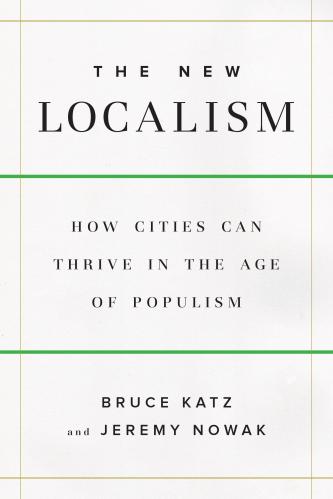

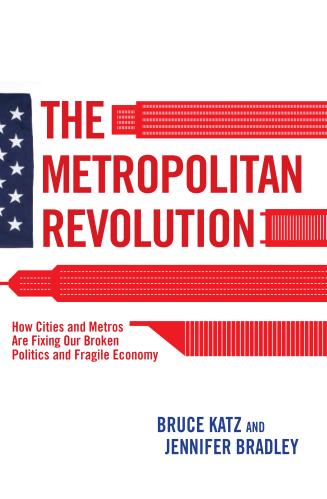

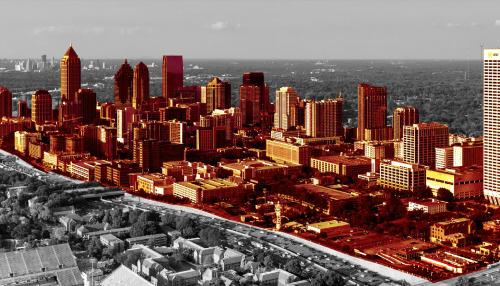
![An older woman stands at the head of a table of mixed-age workers in a modern office space [photo courtesy of iStock]](https://www.brookings.edu/wp-content/uploads/2017/03/beyond_millennials_cover_005.jpg?quality=75&w=500)
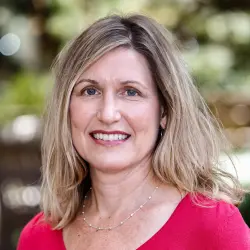

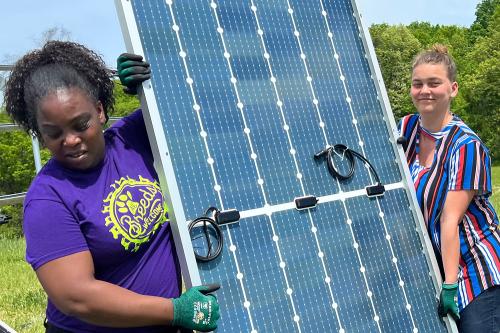
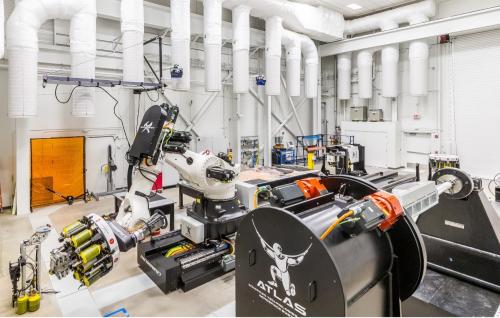
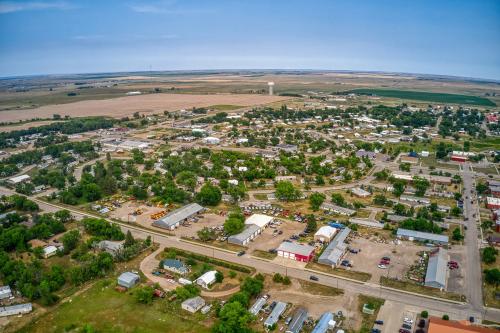
Commentary
Large e-commerce company ISO second home. Dense, dynamic innovation district preferred.
September 15, 2017